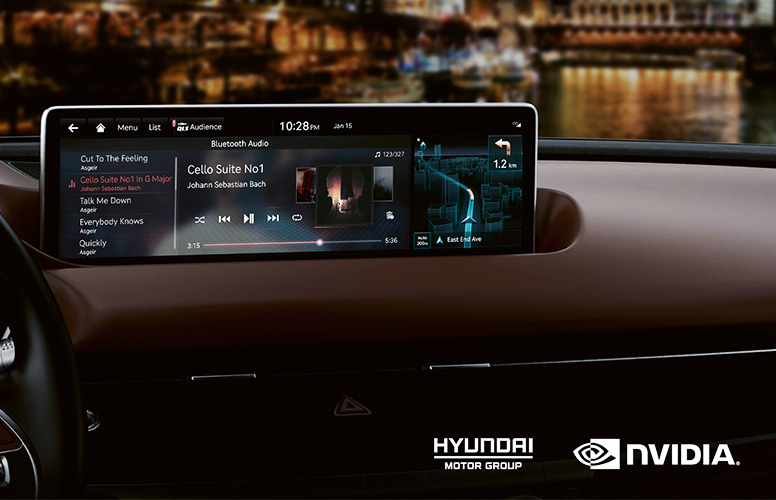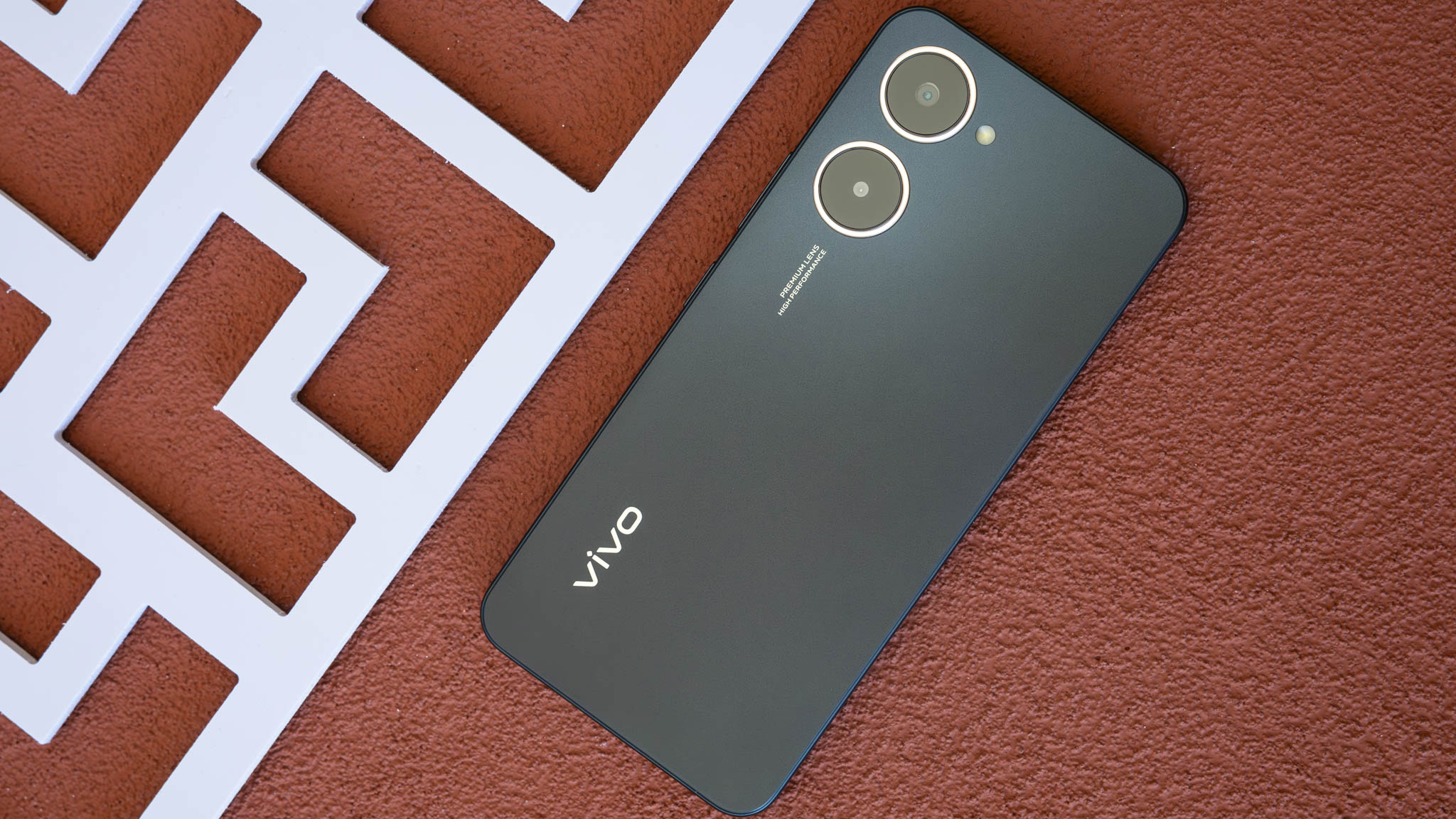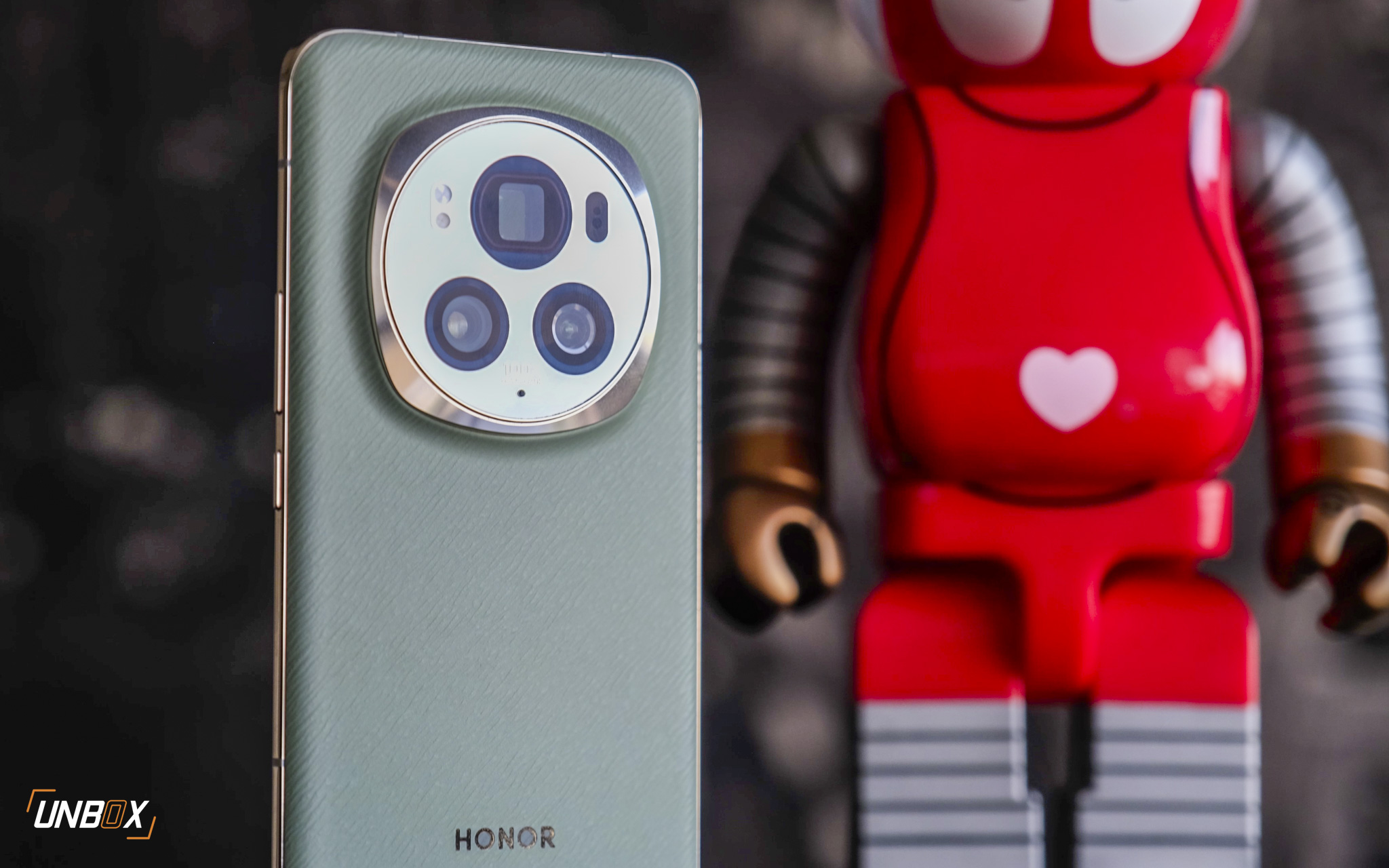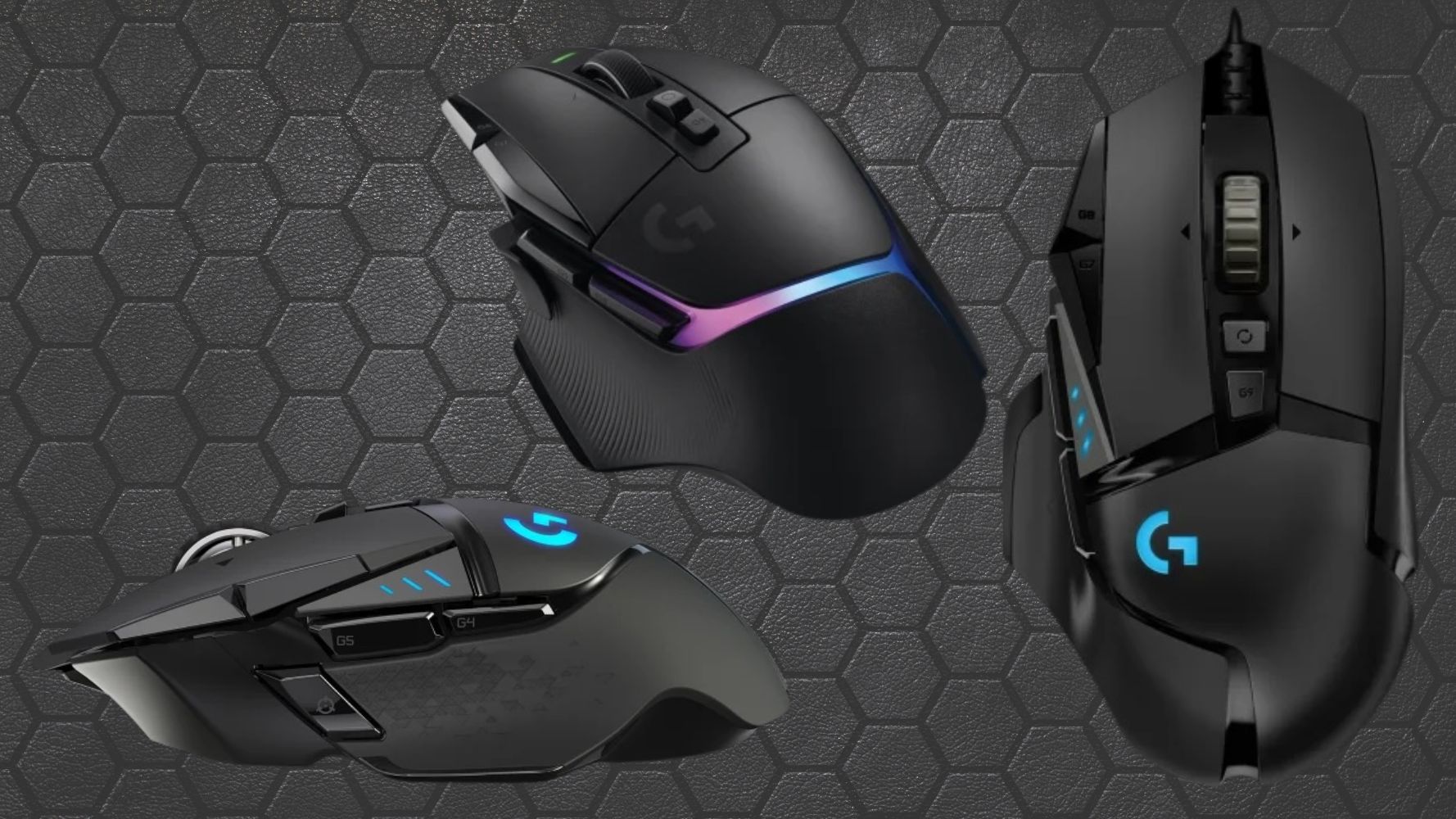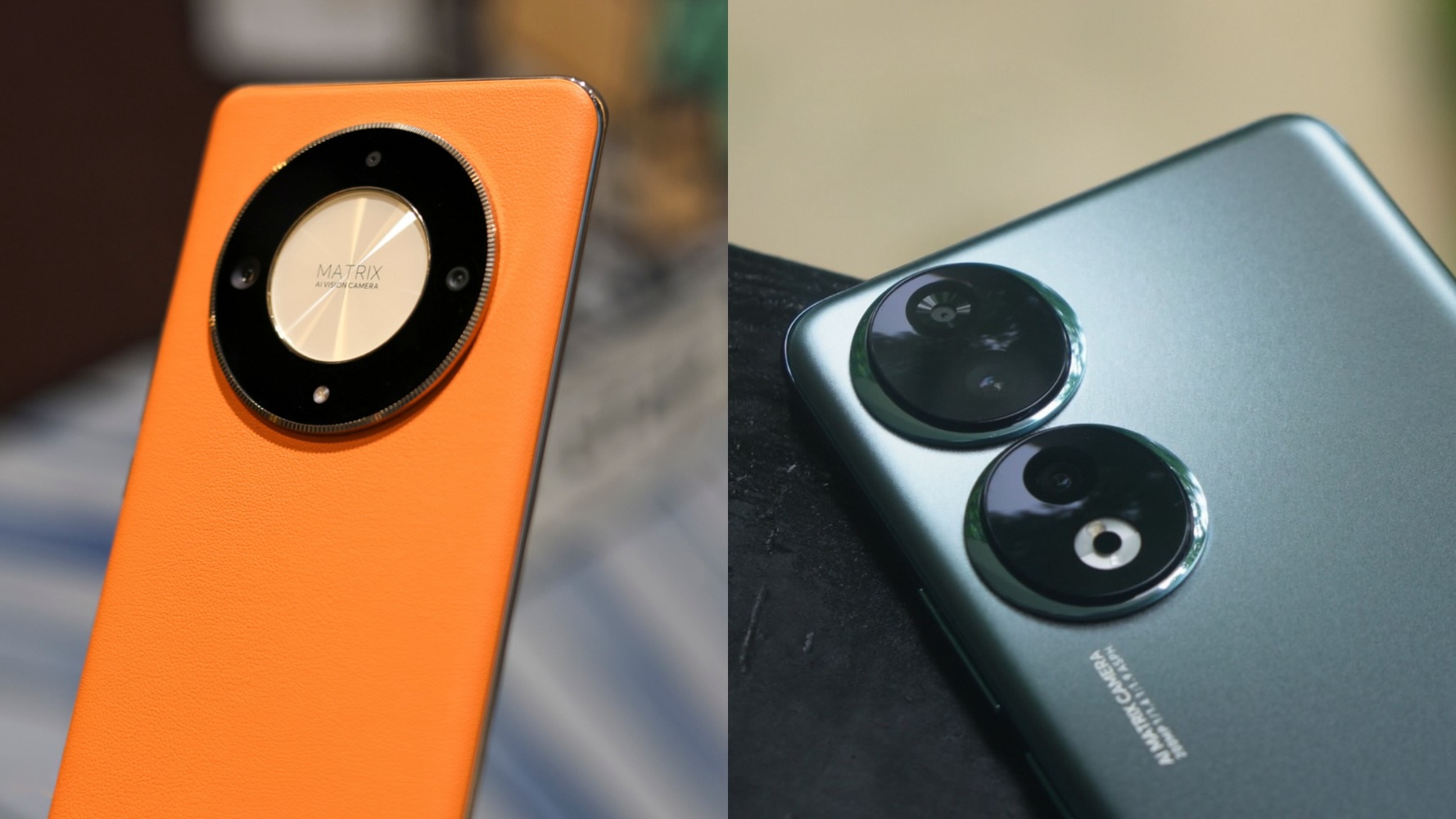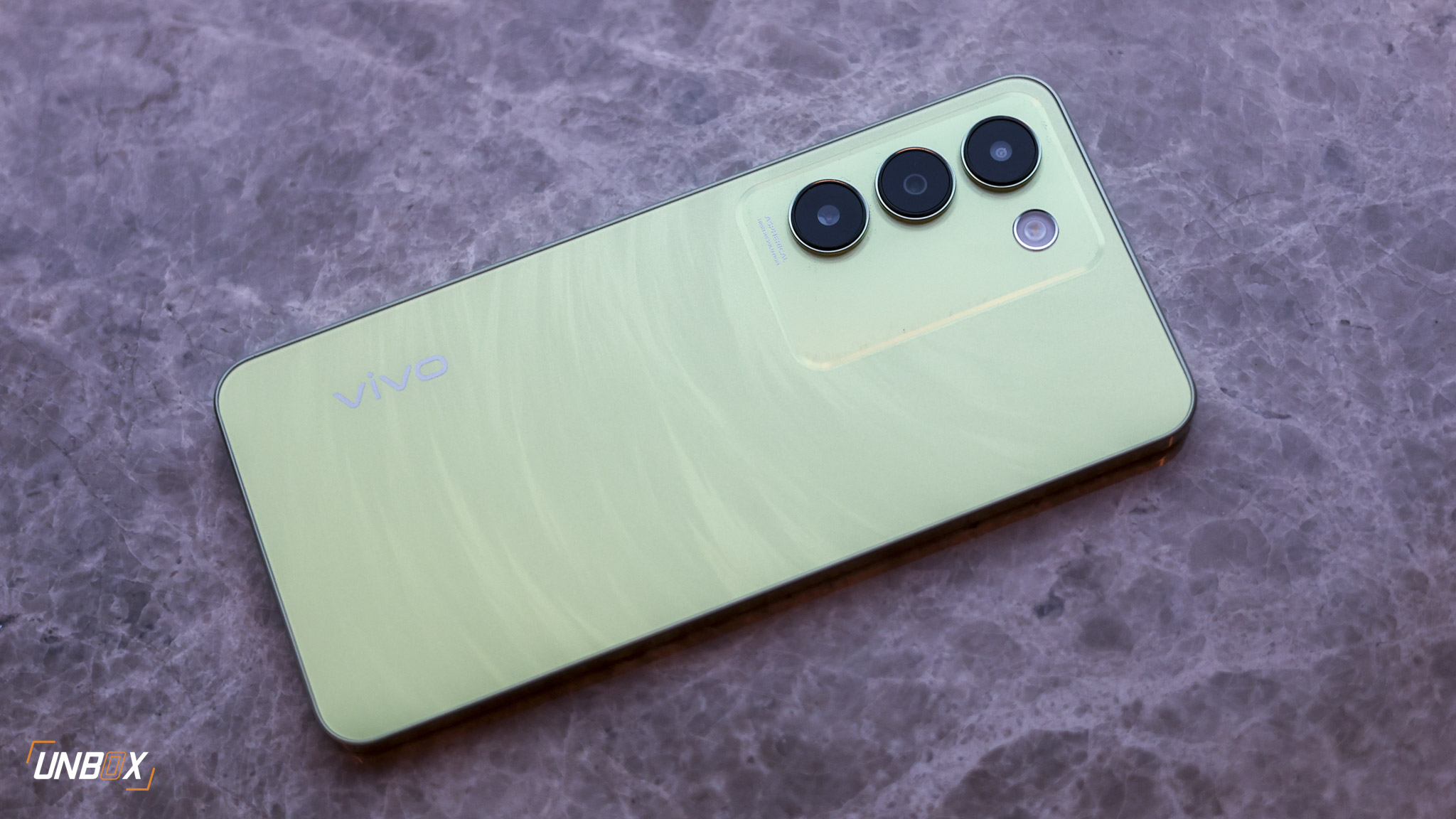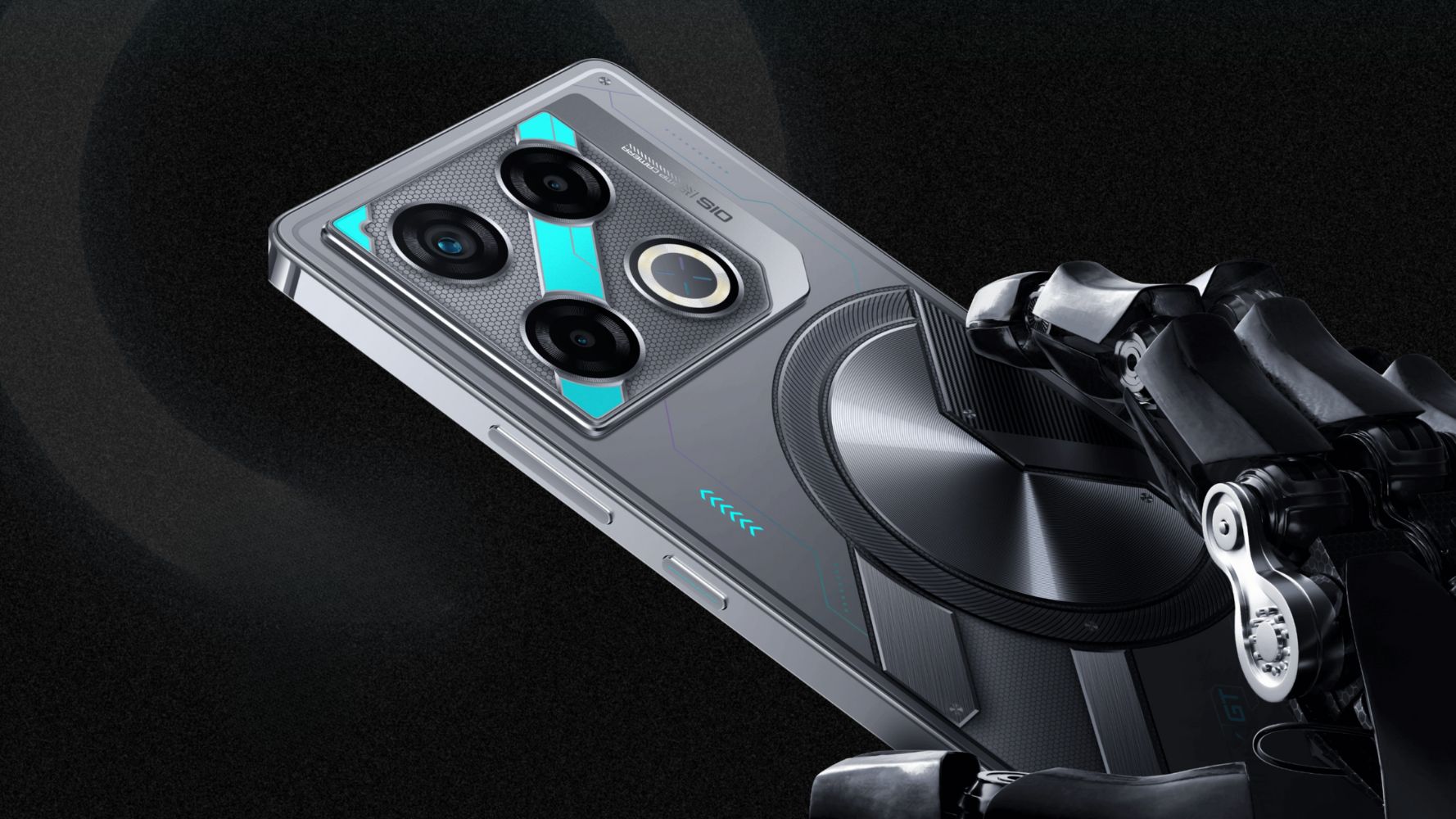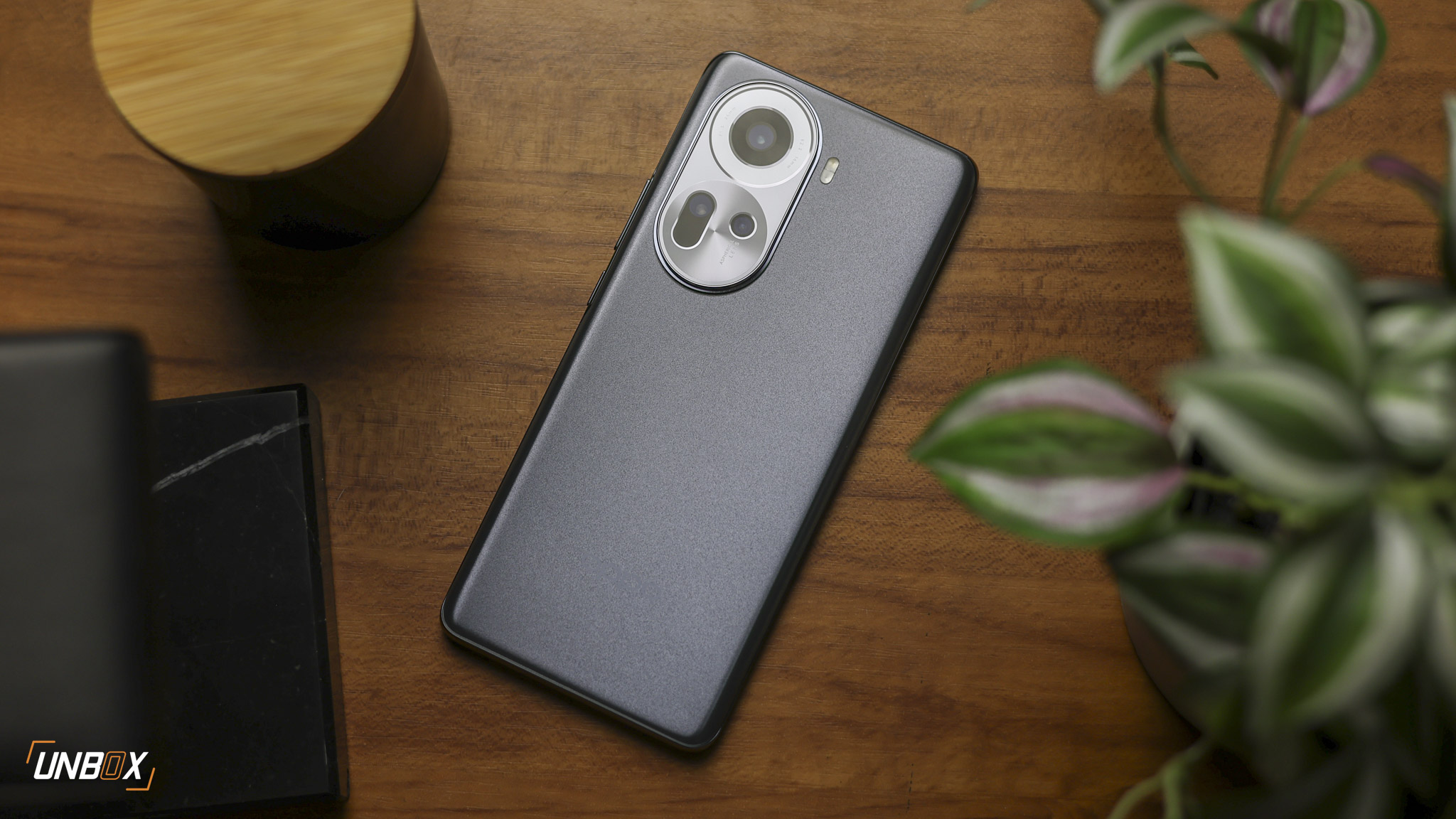The Hyundai Motor Group just concluded its global forum called Unlock The Software Age. In this roundtable discussion, the company laid out its plans to ride with the ever-evolving wave of technology and modernization that is occurring worldwide. One of the most notable mentions is the provision of Over-The-Air (OTA) Software Updates to all Hyundai models starting 2025. This will cover the effective lifespan of the vehicle. We’ll break this down as well as other points mentioned during the conference in order to simplify and summarize it for all of you out there.
By 2025, the company plans to transition all its vehicles into becoming Software Defined Vehicle (SDV). The aim here is to sell vehicles that, much like consumer electronics, improve and gain new features over its lifetime. This includes cars that have already been purchased so that user experience improves more and more based on feedback and research. The building blocks for this lofty goal are underway: a next-gen EV platform, integrated controller, and an internally-developed Connected Car Operating System (OS).
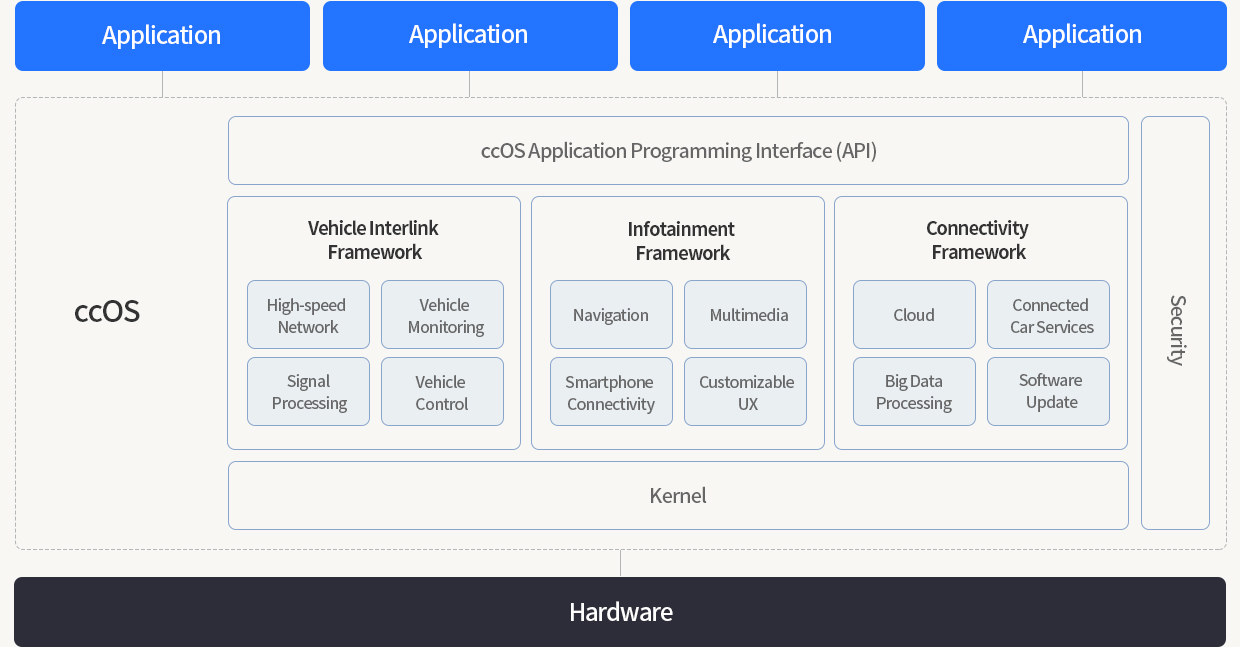
“By transforming all vehicles to Software Defined Vehicles by 2025, Hyundai Motor Group will completely redefine the concept of the automobile and take the lead in ushering in a never-before-experienced era of mobility,” said Chung Kook Park, President and Head of R&D Division, Hyundai Motor Group. “Creating visionary vehicles empowered with the ability to evolve through software will enable customers to keep their vehicles up to date with the latest features and technology long after they have left the factory.”
The Group expects around 20 million vehicles to be in the SDV program by 2025, and the company plans to spend at least 18 trillion Korean won into the program – including the establishment of a new Global Software Center to bolster its software capabilities and accelerate Software Defined Vehicle development.
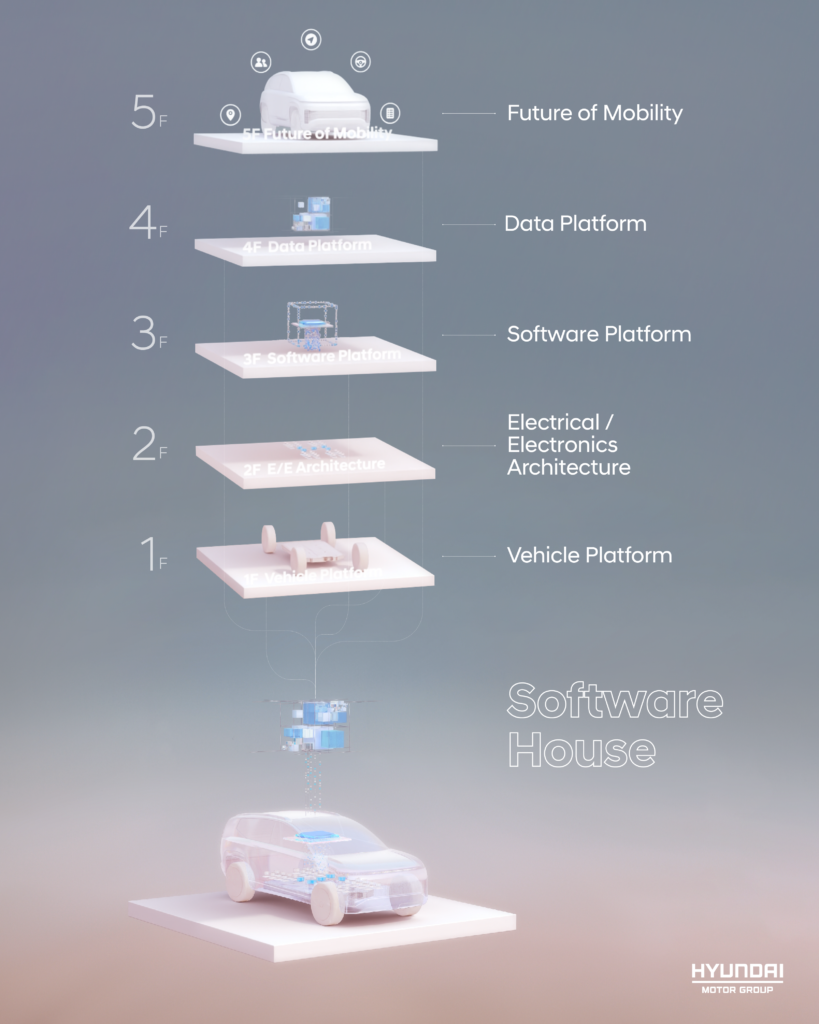
OTA Updates To Come As Early As 2023
All newly-launched vehicles of the Hyundai Motor Group from 2023 onwards will be equipped to receive OTA software updates. This will apply not only to EVs but to Internal Combustion Engine (ICE) models as well.
What’s great here is that customers will be able to remotely upgrade vehicle performance and functionality anytime without having to visit a service center. This also plays a vital role in maintaining the vehicle’s value, since it constantly improves as time passes. This Connected Car Service functionality aims to bridge the gaps between global models.
Feature In Demand Also To Be Added
Feature In Demand is a functionality that blocks certain features behind a paywall.
This will give customers the ability to select and purchase functions and features that meet their needs and tastes, and the freedom to create vehicles that best match their lifestyles. Users can actually buy presets that match their lifestyles from the showroom floor, or mix and pick those that meet their unique lifestyle requirements. HMG promises that data will be handled safely and reliably, flaunting that each car will be working with exabytes of data at any point in time.
While some may find this controversial as it takes away features from buyers, it can also be seen as a blessing that lowers the vehicle’s price point by only giving you what you need.
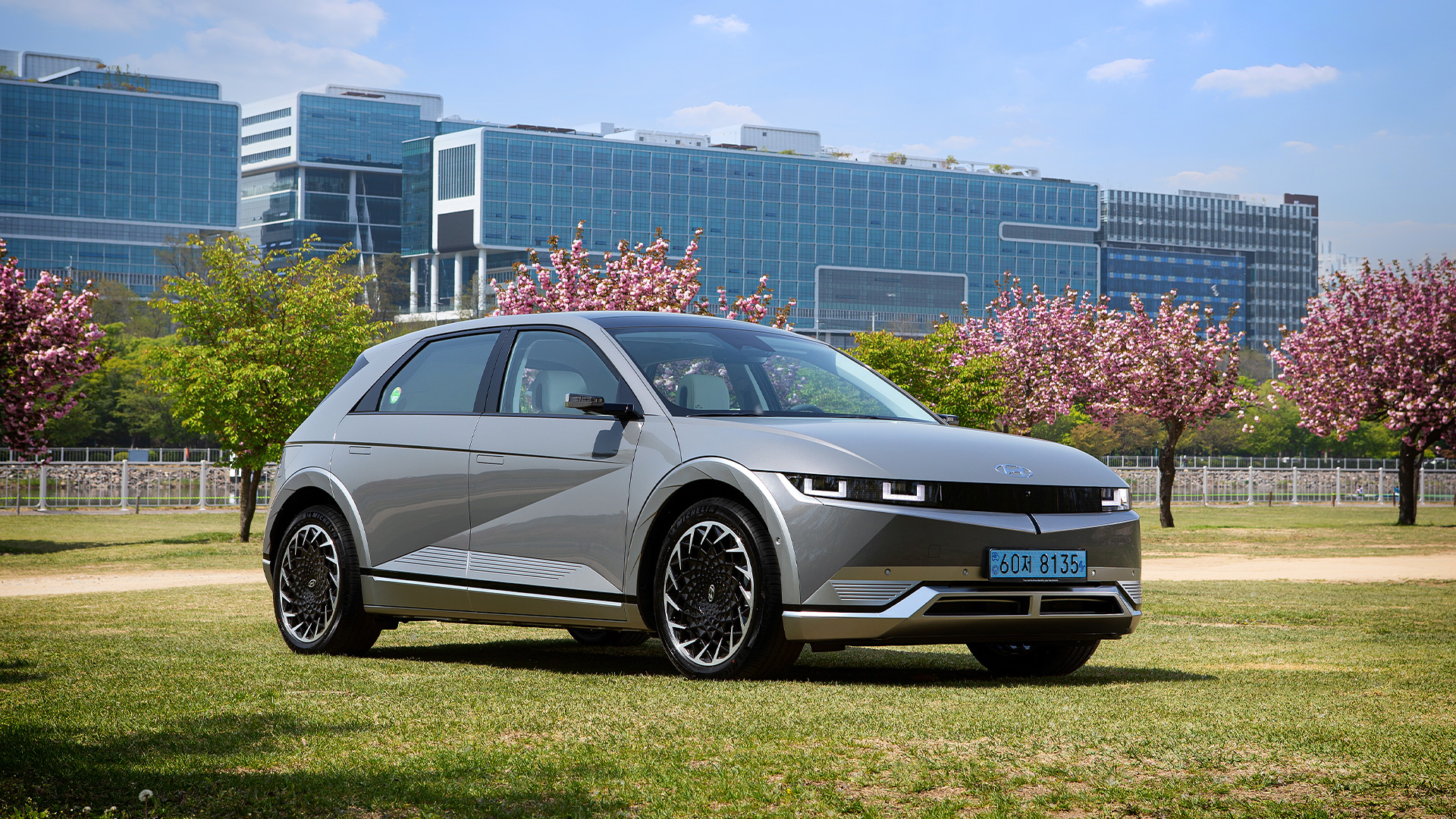
Two New EV Platforms
HMG will also introduce vehicles in 2025 based on its two new EV platforms, eM, and eS. The new EV platforms will be created under the Group’s Integrated Modular Architecture (IMA) system.
The eM platform is being developed specifically for EVs across all segments and will provide a claimed 50 percent improvement in driving range on a single charge compared to current EVs. The eM platform is also being developed to support Level 3 or higher autonomous driving technology and OTA software update features.
The Group’s eS platform will be developed as an EV ‘skateboard’ exclusively for Purpose Built Vehicles (PBVs), with a fully flexible structure to meet B2B demands, and provide tailor-made solutions for companies operating in the delivery, logistics, and car-hailing sectors. This is a use case that’s less for the typical consumer and more for industrial and business use.
Interchanging parts between various EVs should be easier with the IMA system, so those with two different eM platform vehicles can easily find new replacement components for when things go awry.
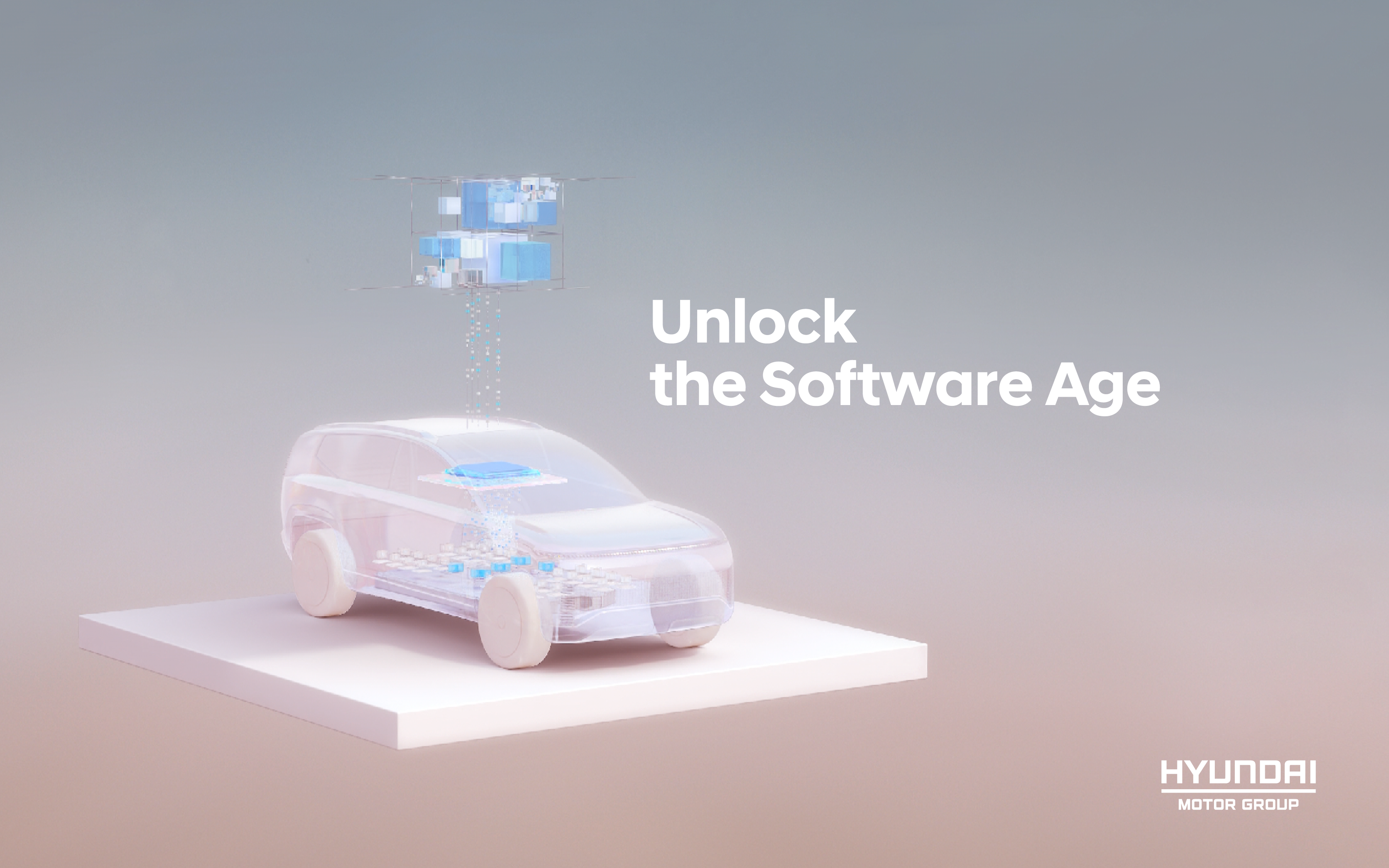
A New Advanced Integrated Controller
Previously, the software system needed to be upgraded separately for each controller to upgrade the functions of vehicles. However, an integrated controller delivers a solution to make this process more systematic and efficient.
The integrated controller will enable the efficient development of diverse vehicle segments and strategic models optimized for each region and ease the process of adding new features and improving performance. That basically means more software updates in a short amount of time. The technology also enables the Group to respond flexibly and swiftly to meet rapidly changing market and customer needs.
The Group is developing a third-generation integrated controller based on the next-generation high-performance CPU to advance autonomous driving technology. It’s essentially much faster than the previous one.
The third-generation integrated controller will become the basis for the Group’s expansion of mass-producing autonomous driving Level 3 vehicles as well as the commercialization of Level 4 and Level 5 autonomous driving levels in due course. It is also being developed to deliver improved heat dissipation, lower noise levels, and reduced production costs.
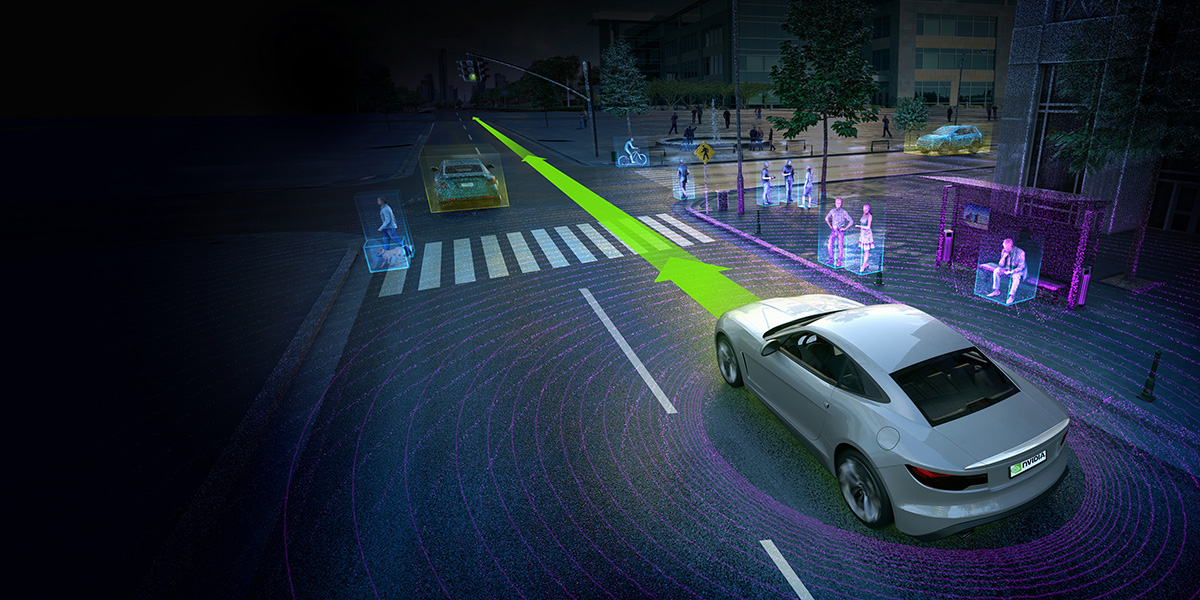
Connected Car Operating System (ccOS)
The latest, internally-developed ccOS will be one of the pillars for the company’s future advancements in technology. HMG claims it can make use of extremely high computing power, keeping things always in check. AI learning, graphics, and large-scale data processing are just at the tip of the iceberg for this revolutionary new system. Your Hyundai vehicle will come with a powerful brain that gets smarter and smarter with software updates.
In order to assure the public of its competence when it comes to the software side of things, they’ve worked with the NVIDIA DRIVE platform. This is the latest platform for autonomous vehicle research and as we all know, NVIDIA has the credentials to back up any claims they make as a company at the forefront of computing technology. The two companies have been working together since 2015 to develop this.
The Group’s advanced ccOS operating system will support the software technology required to analyze and process data ultra-rapidly, provided by the vast data collection capabilities of technology such as the sensors within the cameras, radars, and LiDARs mounted on the vehicle.
Hyundai Motor Group has revealed all these software and lineup updates to showcase its commitment to modernizing transport and mobility.
“Hyundai Motor Group’s data platform will not only be simply for driving. It will also play an important role in enhancing the convenience and diversity of the customer’s mobility experience by engaging throughout the vehicle’s entire life cycle,” said Eunsook Jin, Executive Vice President and Head of ICT Innovation Division of Hyundai Motor Group. “Going forward, we’ll also help create a new mobility ecosystem, connecting cars with other mobility devices, based on data connectivity and scalability.”


